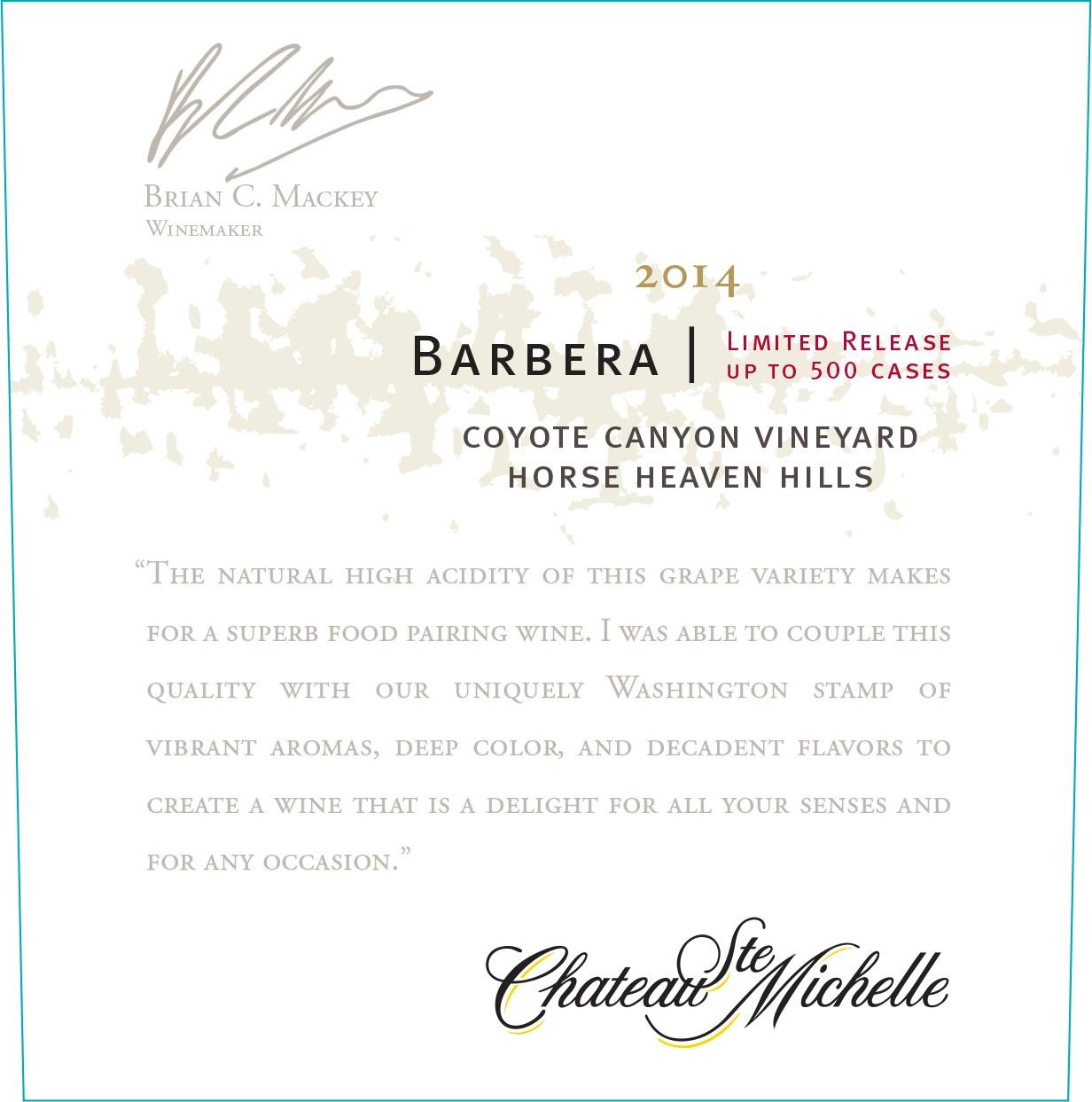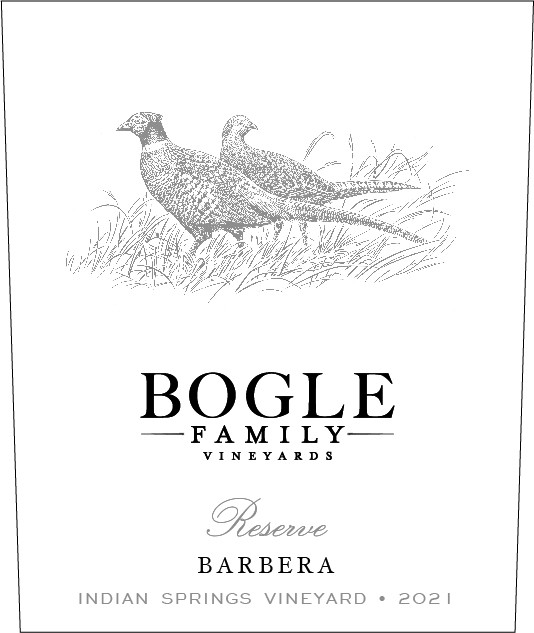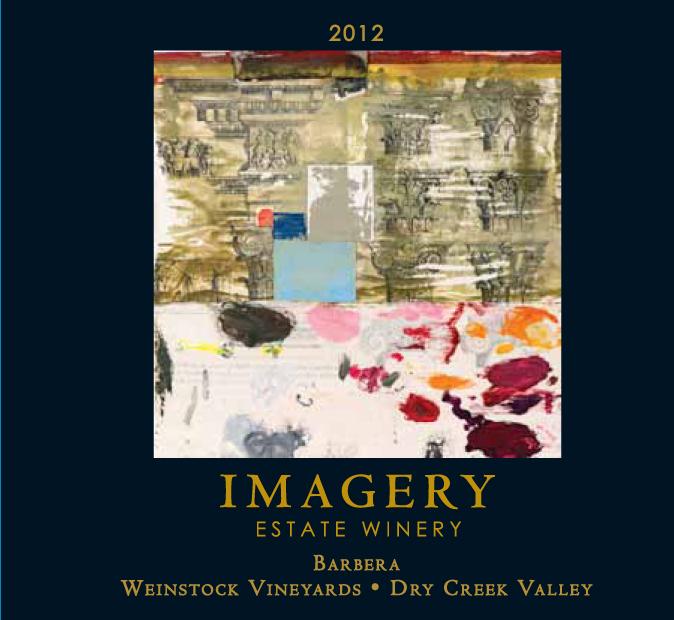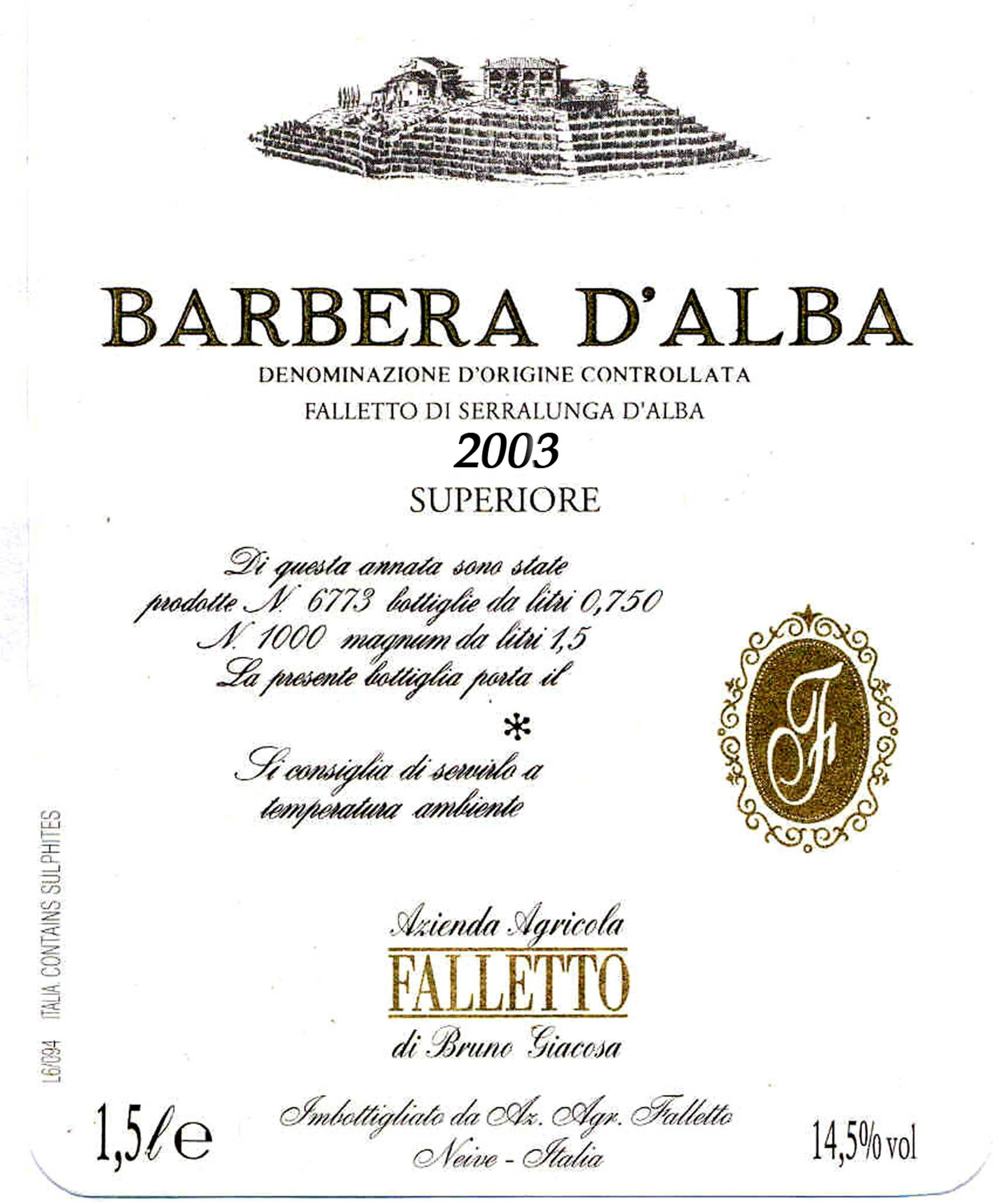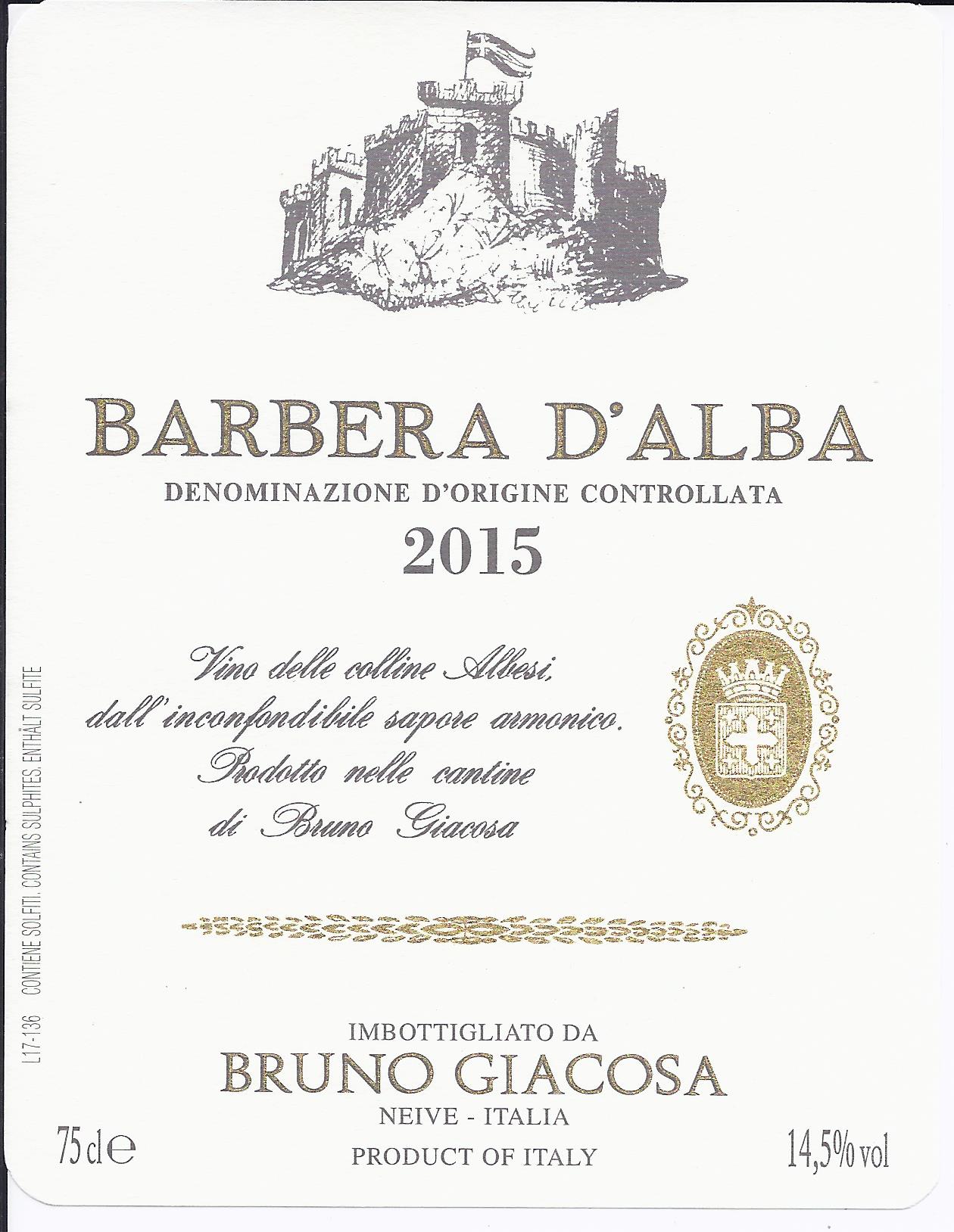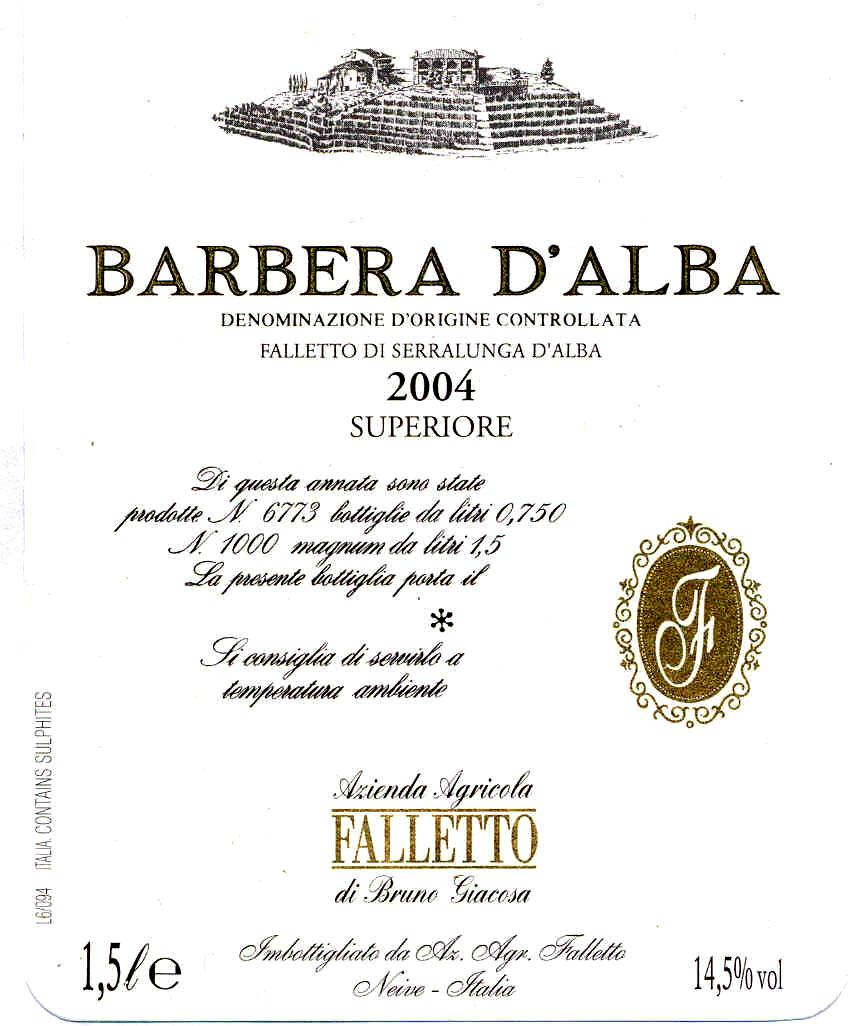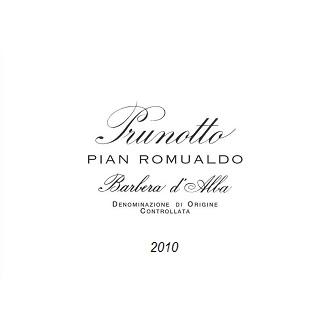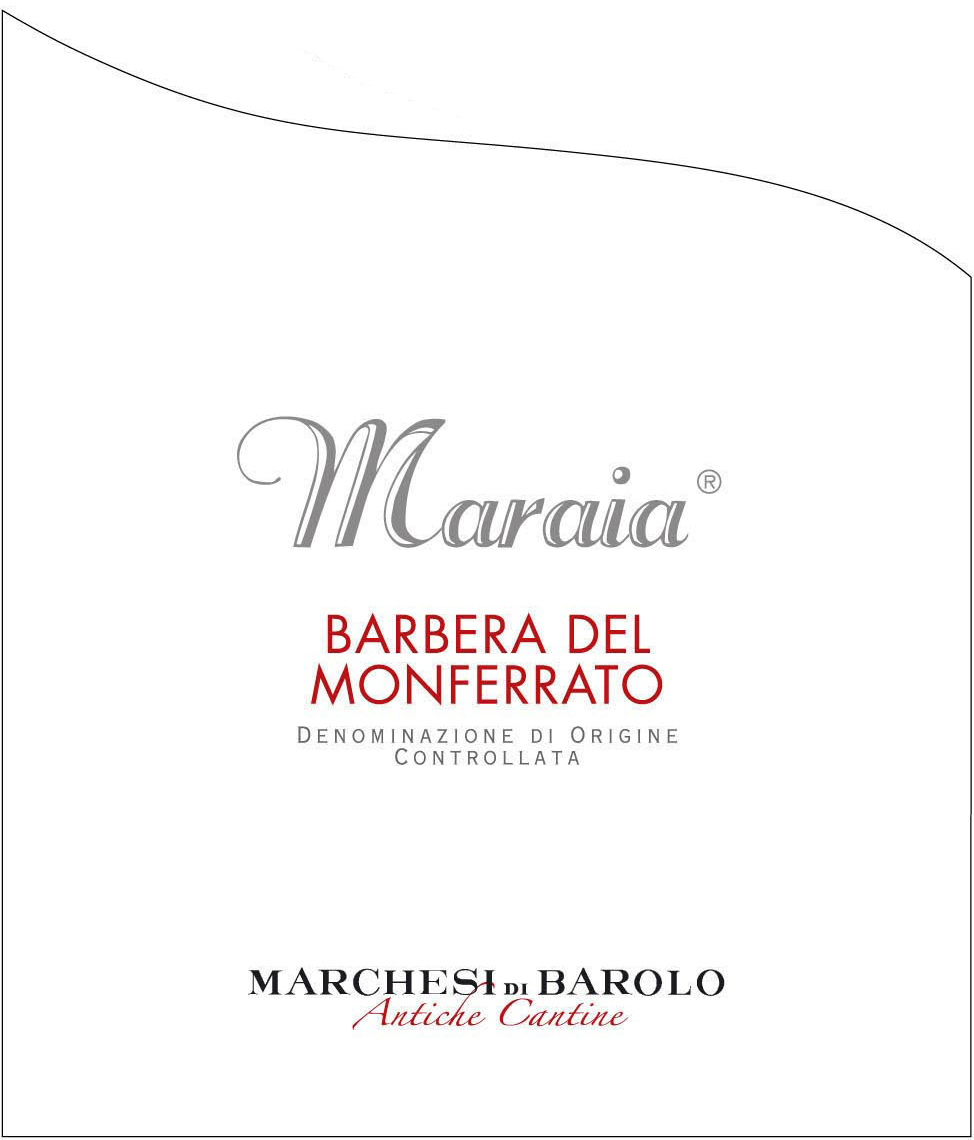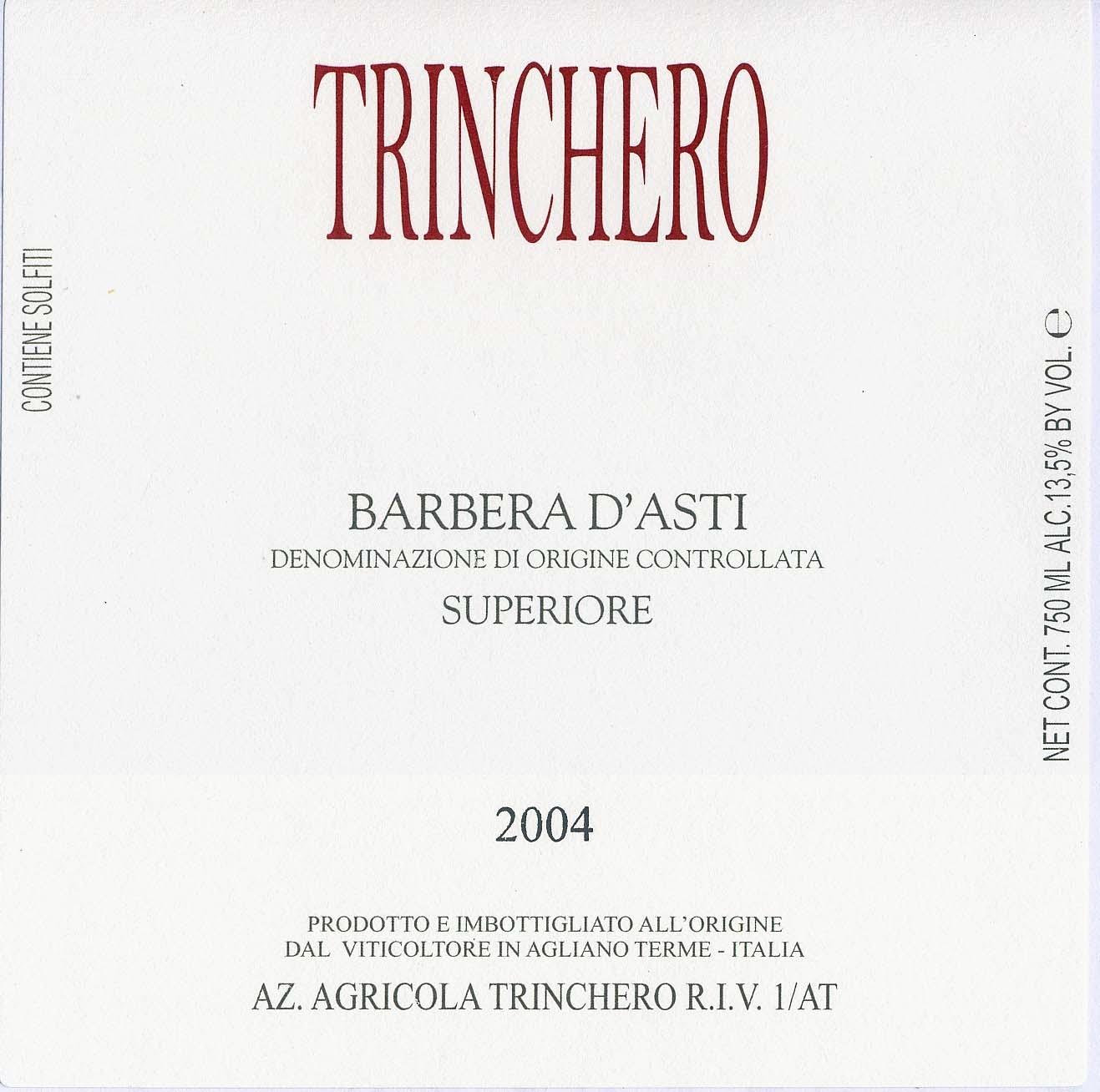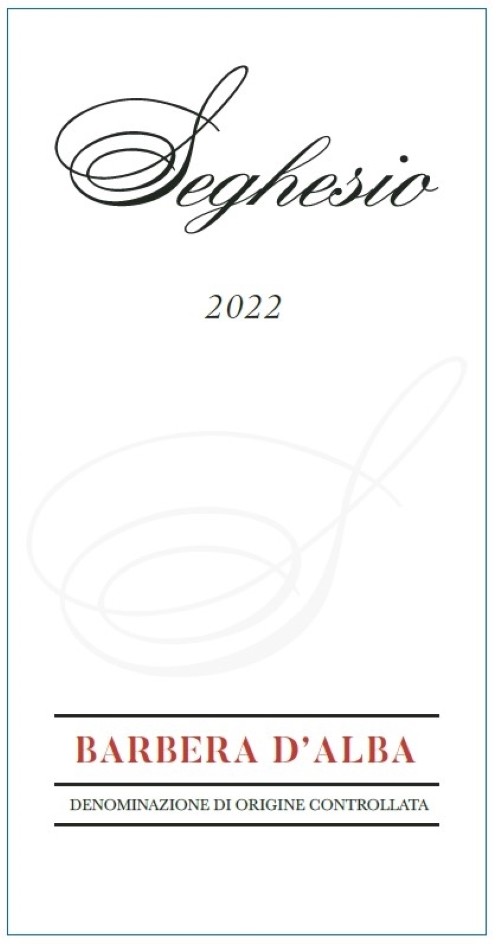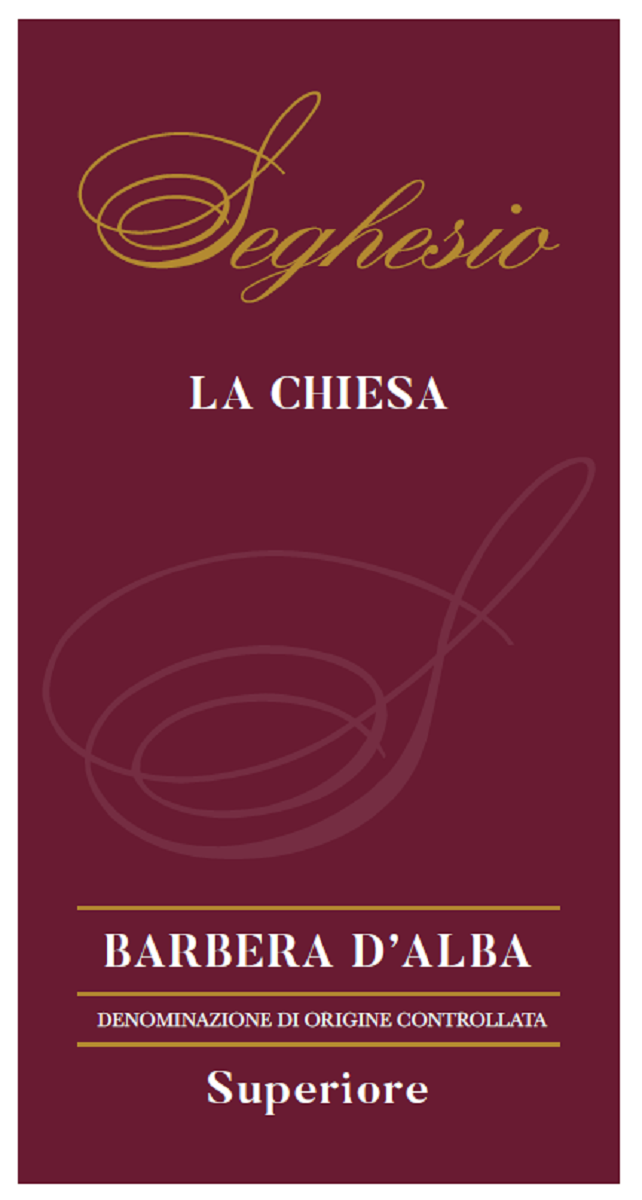Characteristics of Barbera
Barbera is instantly recognizable for its vivid, deep ruby or purple color, which often belies the wine’s surprisingly light to medium body—though some styles, especially those from warmer sites or with oak aging, can reach medium-full.
Its lively, mouthwatering acidity is the grape’s calling card, and modern winemaking techniques like malolactic fermentation are sometimes used to soften this brightness. Tannins are typically low, making Barbera smooth and easy to enjoy when young, but oak aging can add extra grip, structure, and even boost the wine’s body and tannin levels.
Alcohol is generally moderate, between 13% and 15%, though warmer vintages or regions can push it higher, yet the fresh acidity keeps Barbera balanced and food-friendly.
What Does Barbera Taste Like?
-
Climate Effect: In cooler climates, Barbera delivers bright, tart red fruit—think cherry, raspberry, and strawberry—with lively acidity and sometimes herbal or green notes. Warmer regions like California bring out riper black cherry, blackberry, and plum, giving the wine a richer, juicier character.
-
Regional Influence: Italian Barberas, especially from cooler pockets, often show floral hints (violet, lavender) alongside spice (black pepper, anise, nutmeg, cinnamon), and occasionally chocolate or coffee from oak aging. Earthy nuances—dried leaves, underbrush, incense—add complexity, while aged examples develop savory notes of leather or tobacco.
Barbera is typically vinified dry, with rare frizzante (slightly sparkling) styles. The grape’s naturally low tannin is notable, but oak aging can add structure along with flavors of vanilla, toast, baking spice, cinnamon, and chocolate. The finish is often tangy or crisp, a hallmark of Barbera’s vibrant acidity.
Notable Region Barbera Grows In
The character of Barbera is shaped by the unique climates and soils of its key growing regions, each offering a distinct expression of the grape.
-
Barbera d'Asti DOCG, Piedmont: Widely regarded as the classic heartland for Barbera, producing wines with vivid acidity, fresh red fruit, and a supple, approachable style.
-
Nizza DOCG, Piedmont: This prestigious zone yields some of the most structured and age-worthy Barbera, thanks to its warm microclimate and strict production standards.
-
Barbera d'Alba DOC, Piedmont: Grown near Barolo and Barbaresco, these wines are often deeper in color and flavor, showing more intensity and richness.
-
California, USA: In regions like the Sierra Foothills and Amador County, Barbera takes on a riper, bolder character, with generous fruit and a touch of oak influence.
Food Pairings
Barbera’s vibrant acidity and soft tannins make it a flexible choice for pairing with a variety of foods, from classic Italian dishes to modern comfort favorites.
-
Italian Classics and Comfort Foods: Barbera shines alongside tomato-based pastas, creamy risottos, and regional specialties like Agnolotti al Plin or Vitello Tonnato, its acidity balancing rich flavors and enhancing earthy notes.
-
Hearty Meats and Charcuterie: The wine’s freshness cuts through grilled pork, lamb, poultry, and slow-cooked dishes like Osso Buco, while its structure complements barbecue, burgers, and a range of cured meats such as salami and prosciutto.
-
Cheese, Vegetables, and Adventurous Pairings: Hard cheeses like Parmigiano-Reggiano and Pecorino, earthy mushrooms, and grilled vegetables all pair well with Barbera, and its lively acidity even works with oilier fish or bold blue cheeses.


